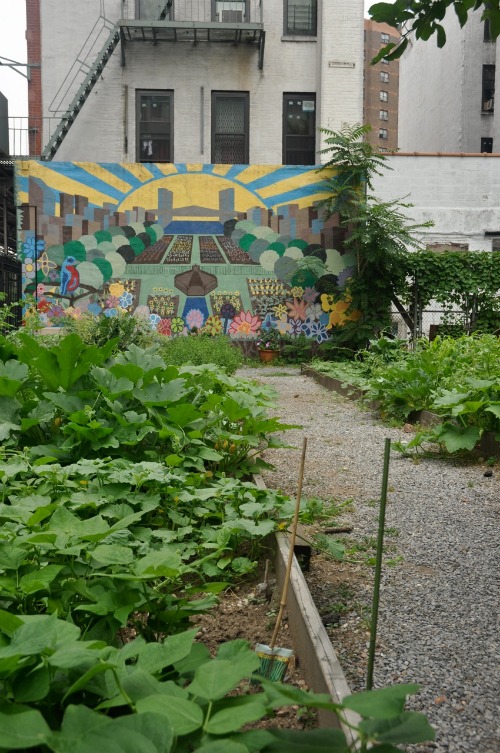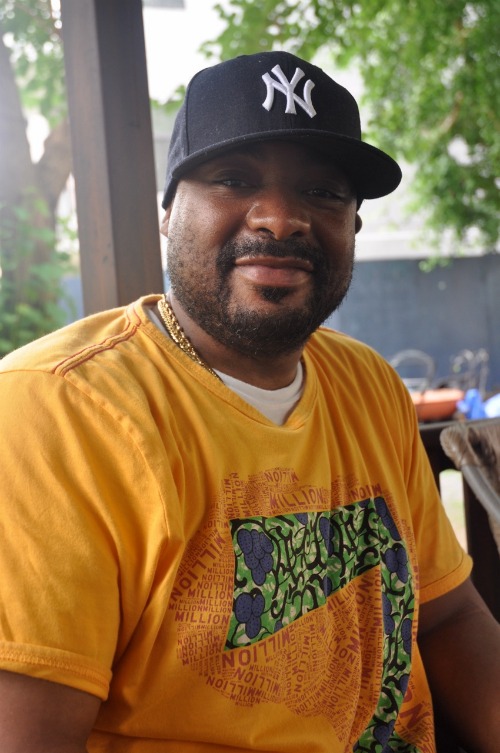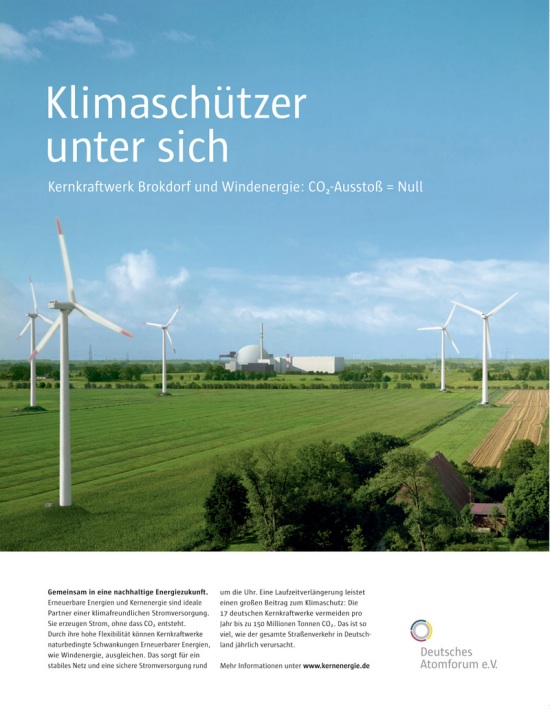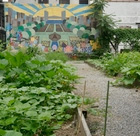 Harlem’s Carver Community Garden.Photo: Sarah GoodyearI emerged from the subway at 125th St. and Lexington Ave. into the most oppressive kind of urban summer scene. Heat billowed off the asphalt and concrete. Exhaust fumes stung my eyes and throat. Car engines roared. Horns blared. The sun beat down on the thronged sidewalk. It felt like I was being pressed into the pavement.
Harlem’s Carver Community Garden.Photo: Sarah GoodyearI emerged from the subway at 125th St. and Lexington Ave. into the most oppressive kind of urban summer scene. Heat billowed off the asphalt and concrete. Exhaust fumes stung my eyes and throat. Car engines roared. Horns blared. The sun beat down on the thronged sidewalk. It felt like I was being pressed into the pavement.
Three blocks and a few minutes later, I was listening to the wind rustle in the leaves of tall trees and watching butterflies sport among squash blossoms in a carefully tended bed of vegetables. A breeze ruffled a blackberry bush. The temperature was easily 10 degrees cooler than it was where I had gotten out of the subway. On the other side of the fence, cars inched toward the Robert F. Kennedy Bridge on-ramp, but I was barely aware of them.
Such is the power of a community garden. It has an almost magical power to transform the urban landscape.
I was standing in Harlem’s Carver Community Garden, covering four lots on 124th St. Food was growing all around me — tomatoes and peppers, collard greens and cantaloupes.
I had been invited to visit this oasis by the Trust for Public Land (TPL), which last month signed over 32 gardens to the Bronx Land Trust and Manhattan Land Trust, ensuring that they remain permanently in the hands of the volunteer neighborhood groups that tend them. Another 37 gardens will be deeded to the Brooklyn-Queens Land Trust in the fall.
It’s the fulfillment of an effort to preserve these precious spaces that began in 1999, when the City of New York was putting the gardens up for auction and TPL came in and paid $3 million to save them from destruction and development. Now, they will be safe in the hands of the people who do the hard work of making them grow.
 Catherine Wint. Photo: Sarah GoodyearIn the case of the Carver garden, many of the beds belong to local community organizations, including a the drug rehab facility Odyssey House and a group called Unidos Si Se Puede, whose members plant the vegetables of their native Mexico.
Catherine Wint. Photo: Sarah GoodyearIn the case of the Carver garden, many of the beds belong to local community organizations, including a the drug rehab facility Odyssey House and a group called Unidos Si Se Puede, whose members plant the vegetables of their native Mexico.
“We want our gardens to embrace the community and be embraced by the community,” said Catherine Wint, a community organizer for the Bronx and Manhattan Land Trusts.
In the case of Unidos Si Se Puede, she told me, the garden provides an important way to preserve heritage and tradition for a group of women who speak a local Mexican dialect and often feel alienated by both the English-speaking and Spanish-speaking cultures around them. Here they can bring their children and work the soil in a way that is deeply familiar and comforting.
The garden builds bridges among different ethnic groups and between generations, as well. Damon Brown-Dobbs brings teens to work in the garden as part of a program with the Harlem Hard H.A.T.S. “A lot of times, the youth feel like they aren’t engaged with the community,” he told me as we sat in the shade of a gazebo. “Here, they interact with seniors. They’re able to have their actions acknowledged. It’s empowering.”
 Damon Brown-Dobbs.Photo: Sarah GoodyearWhat they are growing at Carver and the other community gardens around the city is more than nourishing fresh food and beautiful flowers — although those things are important. What they are growing is potential. “It’s nice to expand a sense of what can happen in the city,” said Erica Packard, executive director of the Bronx and Manhattan Land Trusts.
Damon Brown-Dobbs.Photo: Sarah GoodyearWhat they are growing at Carver and the other community gardens around the city is more than nourishing fresh food and beautiful flowers — although those things are important. What they are growing is potential. “It’s nice to expand a sense of what can happen in the city,” said Erica Packard, executive director of the Bronx and Manhattan Land Trusts.
That is a gift the garden gives to all who pass it, even if they never set foot inside its gates. “A lot of people walk by and count on it being here,” said Wint. “People come in and say that they’re happy the garden is here.”
As if to prove her point, just before I left, a middle-aged man pushing a cart along the sidewalk stopped to look through the iron fence at the vegetables growing. “Hey, I used to work in a garden like this on the West Side when I was a kid,” he said. His eyes lit up as he surveyed the lush, thriving vegetation. “This is great,” he said. “You guys are doing a really great job.”
And then, looking refreshed, he went on his way.



